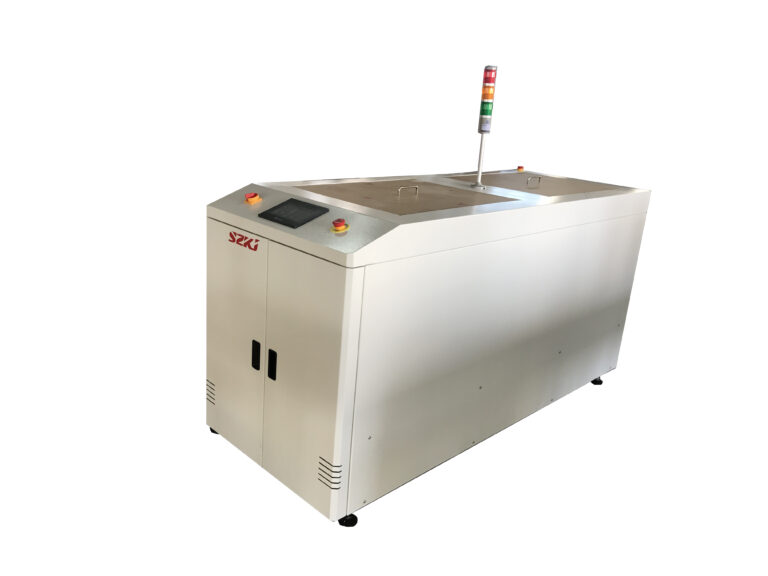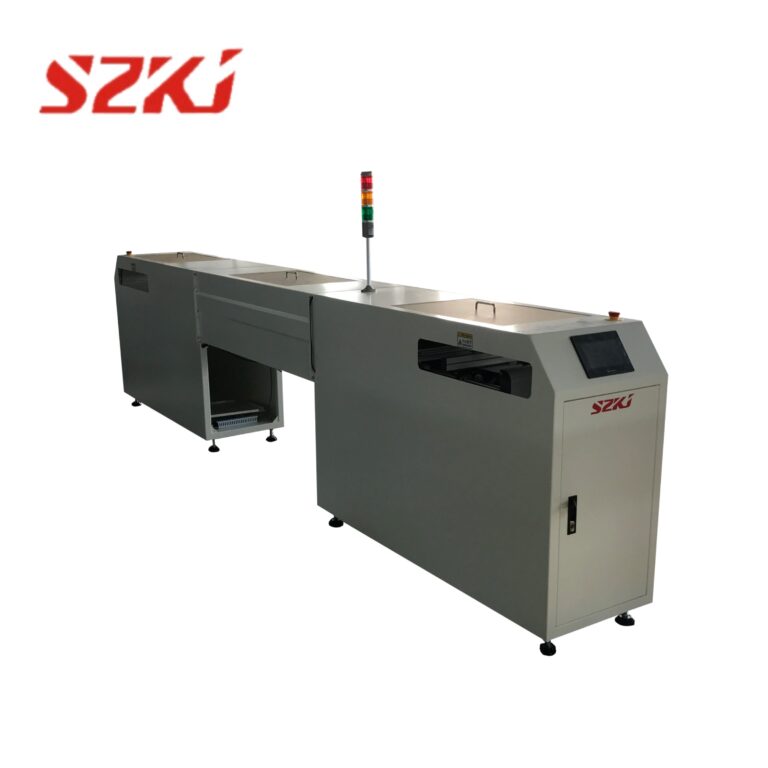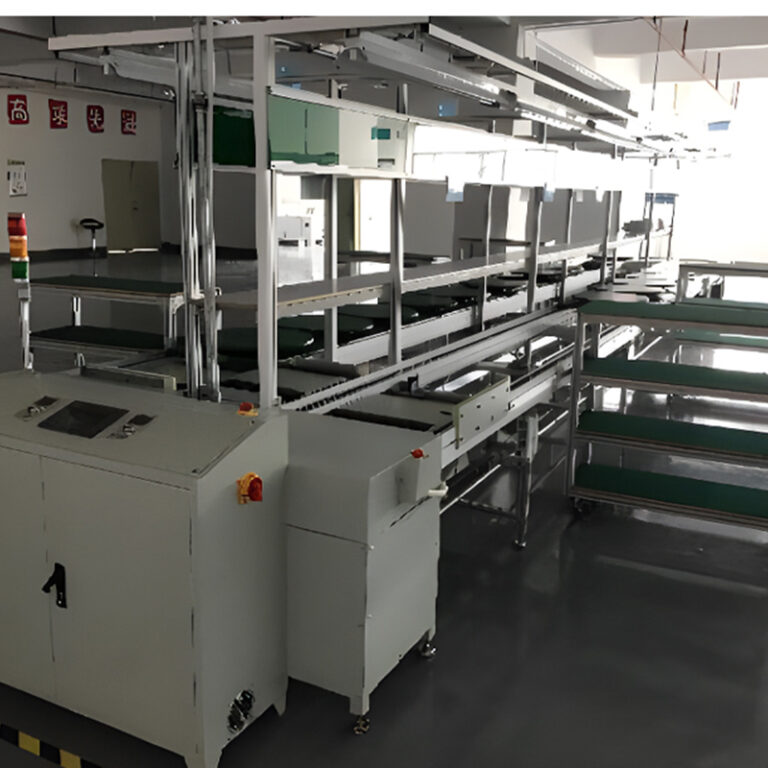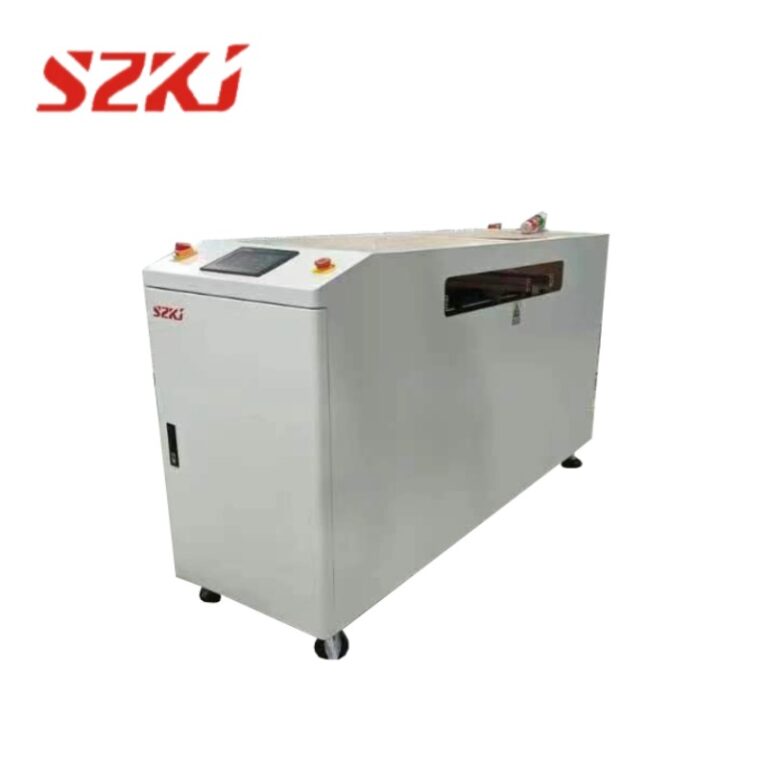Table of Contents
ToggleSurface Mount Technology (SMT) has transformed the electronics manufacturing industry by enabling faster, more efficient, and compact assembly of electronic circuits. Whether you are a student, engineer, or business owner in the electronics sector, understanding SMT components and how an SMT machine operates is crucial for optimizing production and ensuring high-quality results. This article explores the fundamentals of SMT, the role of SMT components, and the importance of SMT machines in modern manufacturing.
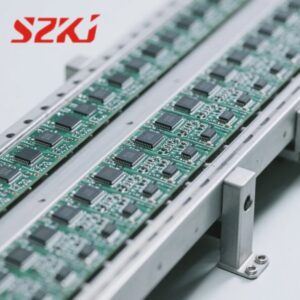
What Are SMT Components?
SMT components are electronic parts specifically designed to be mounted directly onto the surface of printed circuit boards (PCBs). Unlike traditional through-hole components that require holes drilled into the board, SMT components offer a more compact and lightweight alternative. This design allows manufacturers to produce smaller and more efficient electronic devices.
Common types of SMT components include:
- Resistors and capacitors: Available in small, standardized packages like 0402 or 0603
- Integrated circuits (ICs), Such as microcontrollers, memory chips, and voltage regulators
- Diodes and transistors: Used for switching, rectifying, and amplifying signals
- Connectors and LEDs: Essential for user interface and connectivity
The use of SMT components allows for higher component density, improved electrical performance, and reduced manufacturing costs.
The Function of an SMT Machine
An SMT machine is the core equipment used in the surface mount assembly process. Also known as a pick-and-place machine, it automates the placement of SMT components onto a PCB with extreme speed and precision.
An SMT machine typically performs the following tasks:
- Component pickup: The machine selects SMT components from reels or trays using vacuum nozzles.
- Component alignment: Vision systems ensure each component is accurately aligned before placement.
- Component placement: The machine precisely positions the component onto a pre-applied solder paste on the PCB.
- Speed and efficiency: Modern SMT machines can place thousands of components per hour with minimal error.
With increasing demand for complex and high-volume PCB assemblies, the SMT machine is a vital tool for any competitive electronics manufacturer.
Advantages of Using SMT Components and Machines
Using SMT components and an SMT machine offers several key benefits:
- Miniaturization: Smaller components allow for more compact and lightweight designs, ideal for smartphones, tablets, and wearable devices.
- High-speed assembly: An SMT machine automates the process, increasing production efficiency and reducing labor costs.
- Improved reliability: SMT components generally offer better resistance to vibration and shock, improving product durability.
- Lower cost: The automated process and reduced material usage lower overall production costs.
These advantages make SMT the preferred technology for most modern electronic applications.
Applications of SMT in Industry
SMT is widely used across multiple industries, including:
- Consumer electronics: Smartphones, TVs, laptops, and gaming consoles
- Automotive electronics: Engine control units (ECUs), infotainment systems, and sensors
- Industrial control systems: PLCs, motor controllers, and automation equipment
- Medical devices: Portable diagnostic equipment and monitoring systems
Each application requires specific SMT components, and the right SMT machine helps manufacturers meet performance and production goals.
Choosing the Right SMT Machine
When selecting an SMT machine, consider the following factors:
- Placement speed: Measured in components per hour (CPH), higher speeds are ideal for mass production.
- Component compatibility: Ensure the machine supports the size and type of SMT components you use.
- Software integration: Modern SMT machines come with software for program setup, monitoring, and optimization.
- Flexibility: A machine that can handle different PCB sizes and component types is ideal for contract manufacturers or companies with varied product lines.
Investing in the right SMT machine enhances productivity and ensures a smooth manufacturing process.
Conclusion
SMT technology has become a cornerstone of the electronics manufacturing industry. By understanding the role of SMT components and how an SMT machine operates, manufacturers can improve efficiency, product quality, and cost-effectiveness. Whether you are producing consumer gadgets or industrial control boards, embracing SMT is key to staying competitive in a fast-paced market.
As technology continues to advance, SMT machines and components will become even more sophisticated, enabling the next generation of high-performance electronic devices.

